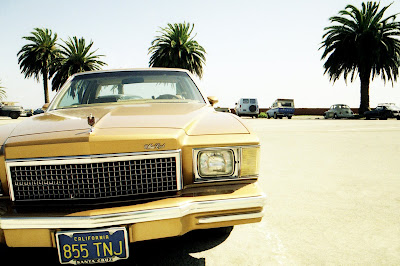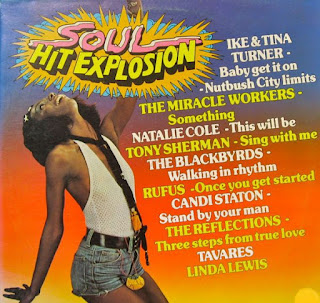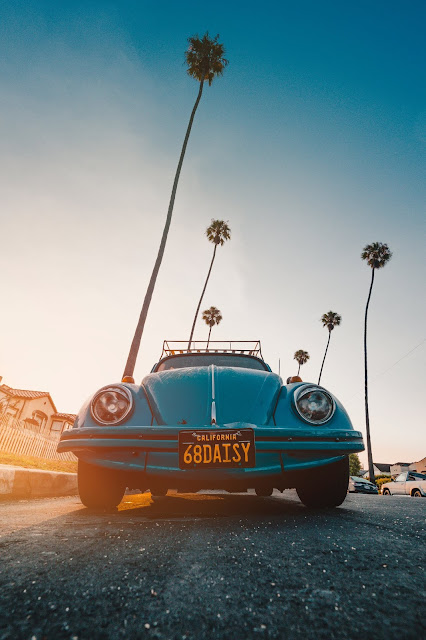Early Evening Funky Chill Out

Théo Gosselin Just sit down and relax after a day of hard work… ;-) The term chill out originated from an area called The White Room at the Heaven nightclub in London in the late 1980s, according to Wikipedia. DJs Jimmy Cauty (The KLF) and Alex Patterson (The Orb) created ambient mixes from sources such as Brian Eno, Pink Floyd, the Eagles, Mike Oldfield, 10cc, and War. The room's purpose was to allow dancers a chance to "chill out" from the more emphatic and fast-tempo music played on the main dance floor. The popularity of chill out subsequently expanded to dedicated satellite radio channels, outdoor festivals, and thousands of compilation albums. Chill out eventually became a sort of modern dance variant of easy listening, which was especially popular in the 1970s. So here we go in 2018! :-) Tracklist: The Knocks (Feat. Sofi Tukker) – Brazilian Soul [Acoustic Bossa Version] (2018) Democustico – Rejoycing (2006) Bah Samba (Feat. Alice Russell) – So Tire


